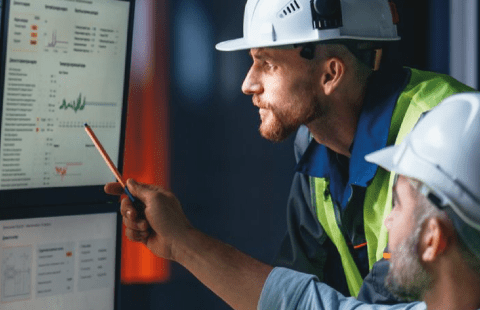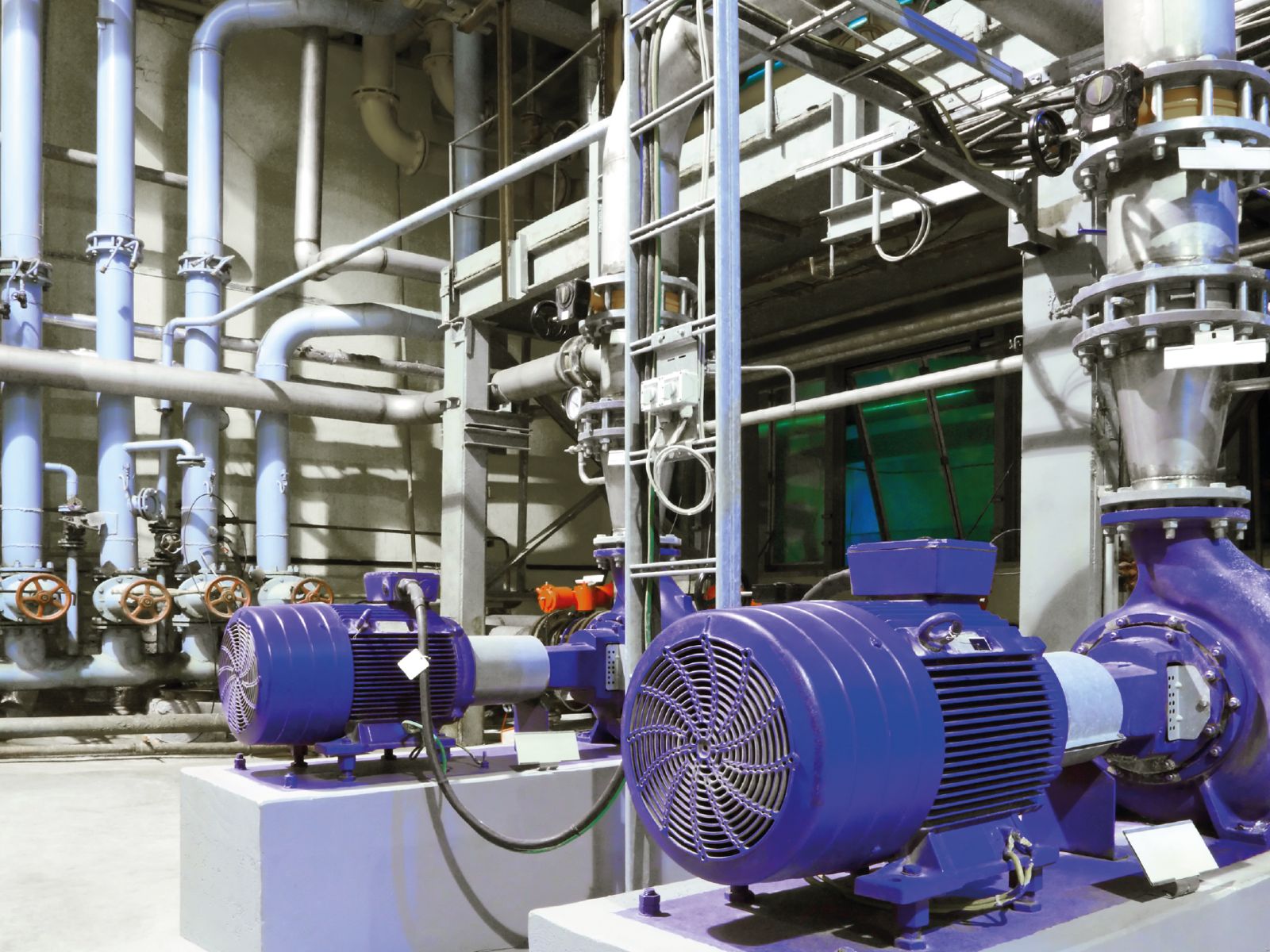
Importance of Condition Monitoring
Understanding the possible consequences of any potential malfunction (whether by human error or due to extreme weather conditions) is key to creating an effective condition monitoring plan. That being said, it is important to establish the condition of each of your tools, service parts, and machines by analyzing their historical performance. Then, as part of your preventive maintenance strategy, ensure that the right levels of preventative maintenance are put in place to reduce the likelihood of incidents. And one of the most effective ways is through condition monitoring. In this article, we will focus on what is condition monitoring, what are condition monitoring methods, their importance and Artesis condition monitoring solutions.

Condition monitoring is a key element of predictive maintenance (PM) that deals with detecting any unusual or unplanned breakdowns of machinery/equipment and evaluating the repair or replacement cost. Some of the main benefits of condition monitoring include:
- Better system-related reliability
- Better efficiency
- The decreased total cost of operation
- Reduced maintenance cost
- Prevention of unplanned maintenance
- Preventive maintenance increases total cost savings
- Improving the uptime/fault-free operation
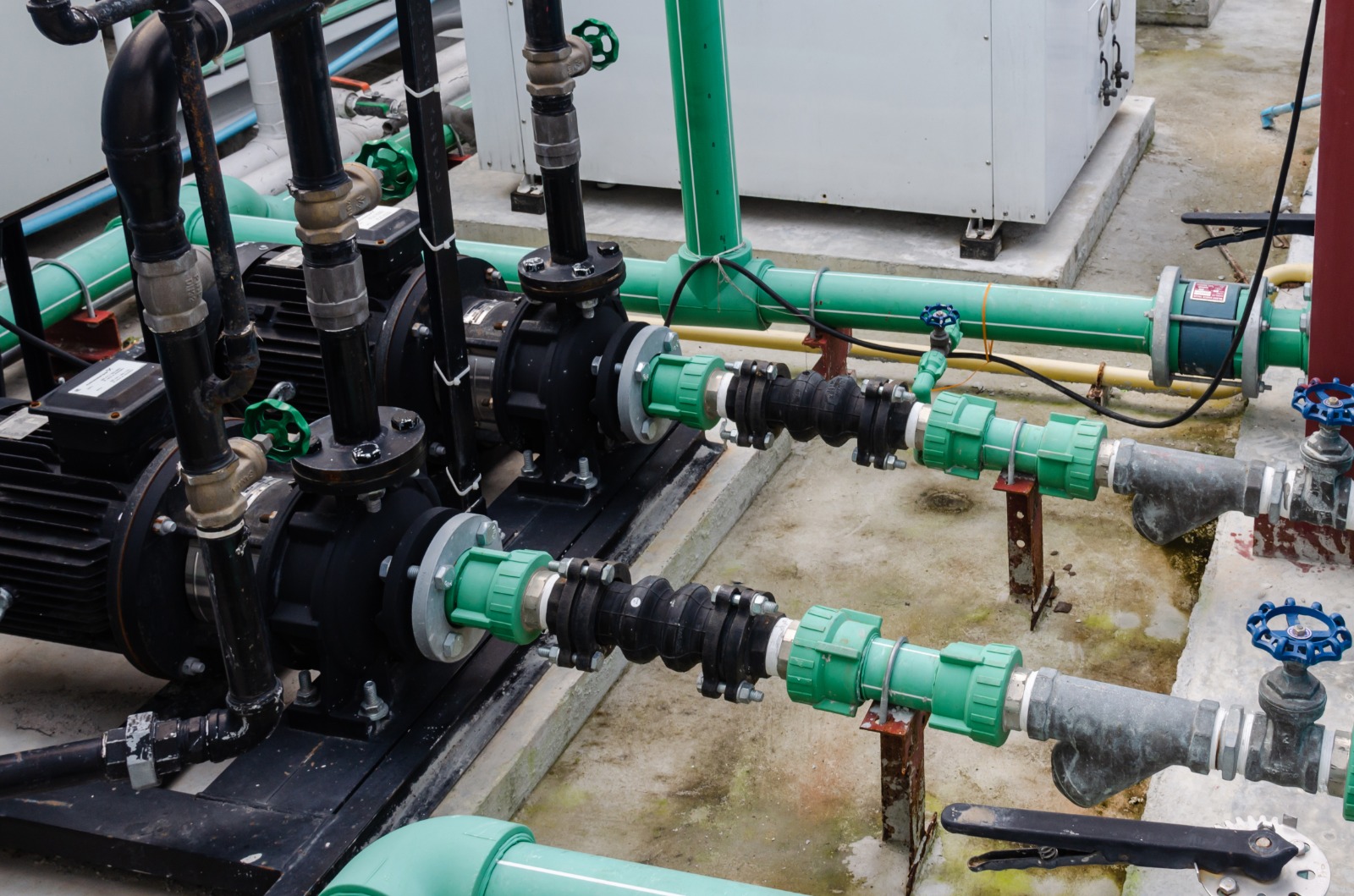
What is Condition Monitoring?
Condition monitoring is a process that follows an entire system to detect potential issues before they develop further complications. It looks at every system in operation to check whether it is operating correctly and if there is anything to be fixed or upgraded. In the past keeping an eye, on asset health typically included using invasive measurements, visual inspections analyzing performance data and carrying out scheduled tests at set times.. With condition based monitoring the focus shifts, to recognizing failure modes and their associated indicators and consistently keeping track of them.
The Various Approaches of Condition Based Monitoring
Condition based monitoring consists of a range of methods and strategies, for evaluating the health of assets. Lets explore some of the used approaches to condition based monitoring;
Analyzing Vibrations
Vibration analysis entails examining how assets react to vibrations offering insights into flaws in components. By analyzing vibrations through methods like shock pulse analysis and broadband vibration analysis maintenance teams can. Evaluate structural issues such as imbalance and misalignment.
Examining Oil
Oil analysis is a technique that involves studying lubricants and other fluids to gather information about both the fluid itself and the equipment it serves. Tests can detect wear particles, water contamination, changes in viscosity among indicators. Contaminants found in lubricants and fluids can hint at failures. Common uses of oil analysis include assessing compressors, gearboxes and various aspects within the transportation sector.
Monitoring Temperatures
Temperature measurements encompass temperature tracking well as more advanced methods like passive or active thermography. In thermography cameras capture heat emitted from assets allowing for an analysis of images that can reveal areas of failure such as worn parts. Abnormal heat levels or thermal irregularities may indicate issues, like lubrication, worn out components or misalignment.
Analyzing Sound
When it comes to analysis the focus is, on examining the sounds produced by equipment to spot any issues. Sonic analysis uses microphones to pick up noises within the range of hearing for lubrication assessment. On the hand ultrasonic analysis goes beyond hearing by using sensors to detect high frequency sounds that could indicate problems like leaks, cavitation or poorly fitted components.
Monitoring Electrical Systems
monitoring revolves around scrutinizing parameters to catch faults and track degradation trends in the electrical setup. This approach can help identify traits such as induction, impulse and frequency response, capacitance and resistance. By spotting degradation patterns maintenance teams can carry out preventive measures before equipment breaks down.
Measuring Electromagnetic Fields
In contrast to monitoring, electromagnetic measurement zeroes in on measuring distortions in fields and alterations in current within assets. By introducing a field or current and analyzing disruptions electromagnetic measurement can pinpoint defects, within equipment.
Radiation Inspection
When it comes to radiation inspection the use of radiation imaging plays a role, in examining assets and components like how x rays are used in hospitals. By analyzing how radiation is absorbed by the material under testing this approach can uncover hidden issues such as corrosion that may not be easily noticeable.
Laser Measurement Technique
The laser measurement technique known as laser interferometry relies on measurements achieved by tracking the wave displacement of two laser beams. This method is effective at pinpointing defects on both the surface and subsurface of materials making it particularly valuable, for applications requiring precision.
What Are the Benefits of Condition Monitoring for the Business?
As faults inevitably develop in machinery, even routine maintenance programs cannot effectively stop these failures. This is where condition monitoring helps you take the driving seat and prevent breakdowns. Moreover, it is a non-intrusive process that can help businesses save money in unnecessary maintenance, secondary damages, and lost productivity. Hence, making condition monitoring an integral part of routine maintenance programs can enhance machine functionality and promote long-term productivity.
There are several key benefits to condition monitoring for a business, including
- Automated workflow
- Faster responses
- Future-proofed infrastructure
- Lower operational costs
- Improved safety standards
- Greater profitability
- Immediate response to alarms
Condition monitoring allows for faster repairs and, by analyzing variables, helps ensure better reliability and maintenance. For example, knowing if a machine is malfunctioning, the system may be restored with fewer visits and lower costs. The ability to predict failures is important because it improves life-cycle management and optimizes resources. For example, a motor might be a ticking time bomb with corrosion and an ill-equipped electrical system. Condition monitoring could also detect symptoms that could indicate a component is failing.
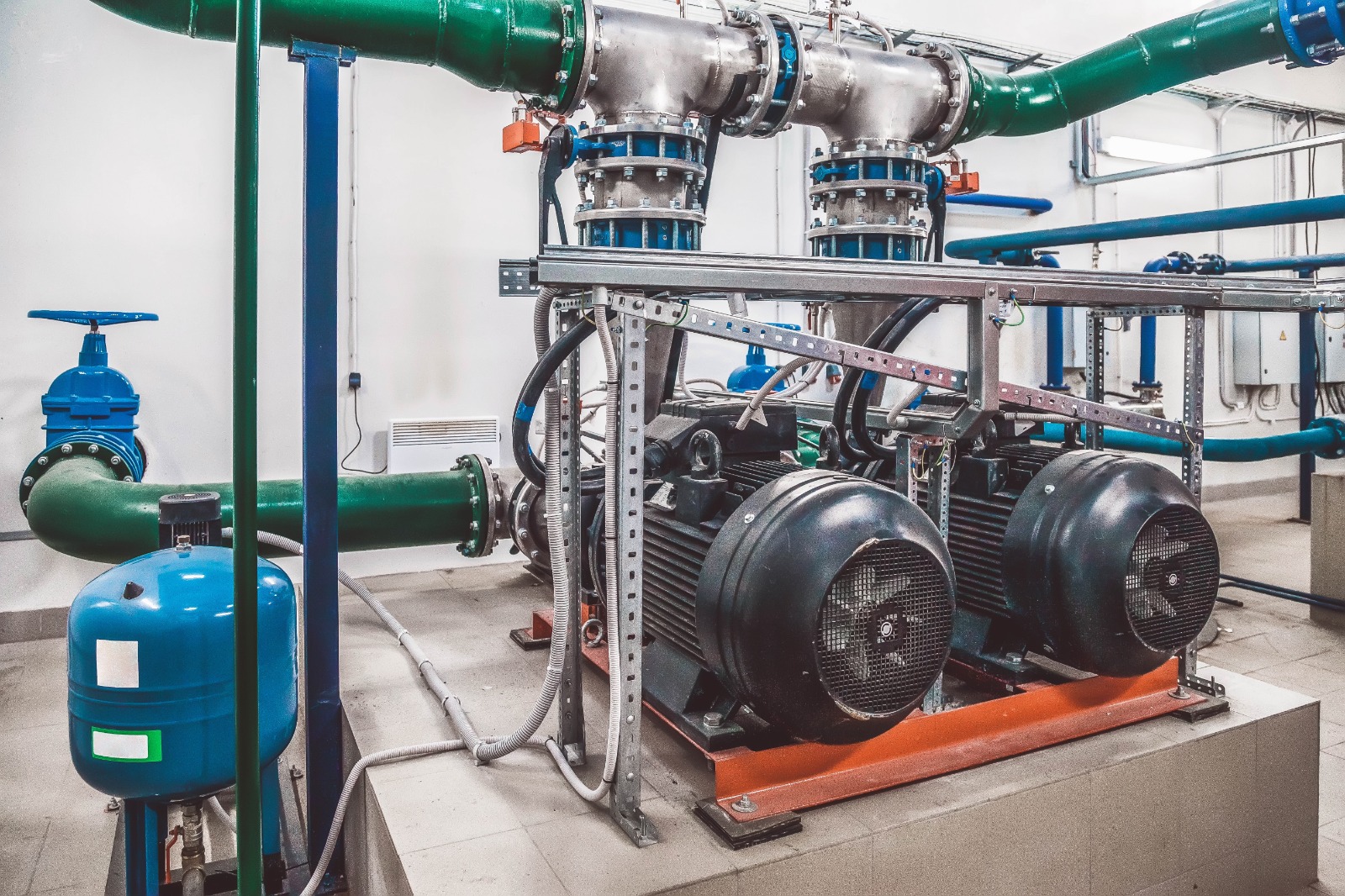
The Impact of IIoT on Condition Monitoring
The emergence of Industrial Internet of Things (IIoT) technology has transformed the approach to conducting condition monitoring. By placing sensors on equipment continuous analyses of vibration, oil quality and temperature can be carried out reducing the reliance on inspections and tests.
Sensors provide real time updates on equipment health enabling maintenance teams to receive alerts when signs of deteriorating performance or potential failures emerge. With IIoT solutions maintenance crews can promptly address issues. Carry out repairs without delay.
For example if a machine typically vibrates at a rate any deviation or significant change in vibration could signal a breakdown or the need for replacement. Sensors can detect these variations. Alert the maintenance team to take action.
Implementing IIoT technology in condition monitoring has the potential to lower maintenance expenses by up to 25% cut down downtime by much, as 50% and prolong the operational life of machinery by several years.
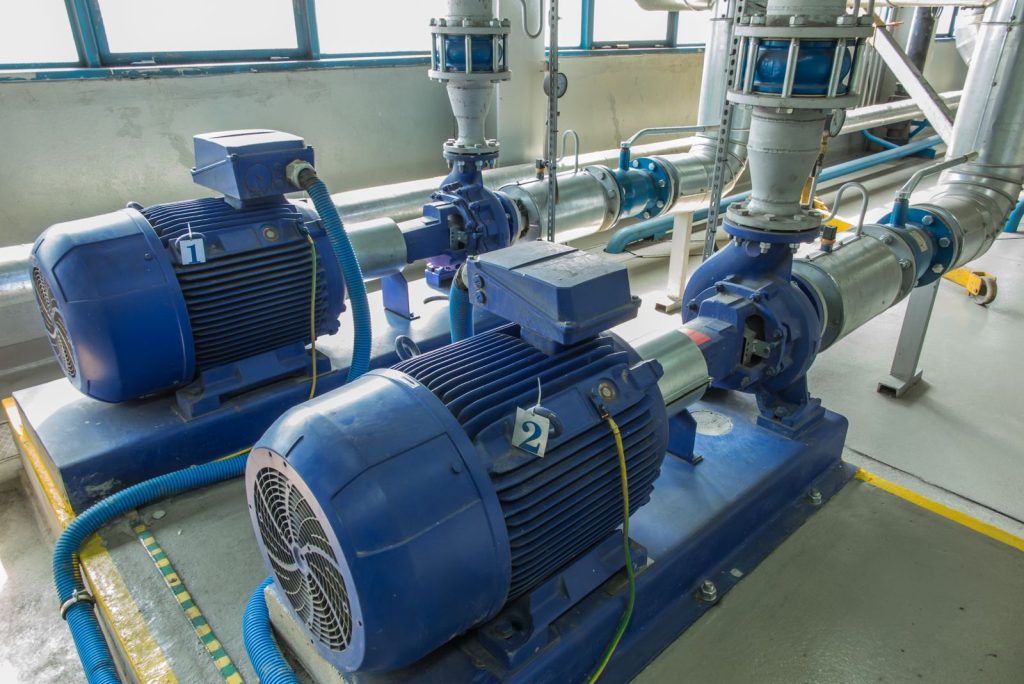
Establishing a Predictive Maintenance Strategy
For a maintenance program to be successful plant managers should adhere to a series of key steps.
Step 1; Setting Up the Equipment
The initial phase involves installing monitoring sensors on assets such, as rotating machinery (like turbines, compressors, pumps, motors and fans) well as fixed assets (such as boilers and heat exchangers). Each asset may demand an approach prompting plant managers to collaborate with the installation team from the vendor to ensure that the monitoring instruments are properly installed. Adjustments or enhancements to machines may be necessary for optimal sensor integration.
Step 2; Data Collection
After the sensors are in place they begin collecting data on machine components like vibration and position rotor speed, temperature readings and process sensors. These measurements offer insights into both static machine movements. They aid in analyzing vibration patterns monitoring temperature variations and providing details on machine performance.
Step 3; Machine Monitoring
The data gathered by the condition monitoring sensors and process sensors is sent to a software system, for assessment and diagnostics. Trained maintenance personnel receive alerts when anomalies are identified. This allows them to promptly evaluate the situation and decide if immediate action is necessary. By observing machines maintenance crews can spot problems before they escalate into significant malfunctions or failures.
Conclusion
Whether you are looking to reduce costs and provide greater visibility into asset efficiency, control downtime by improving instrument and system performance, or improve asset availability for your business, condition monitoring can help you make the right decisions, which will allow you to make more effective informed business decisions.
You can consider condition monitoring systems designed for swift installation and integration into your existing monitoring system. Let us know if you have any queries related to condition monitoring.






